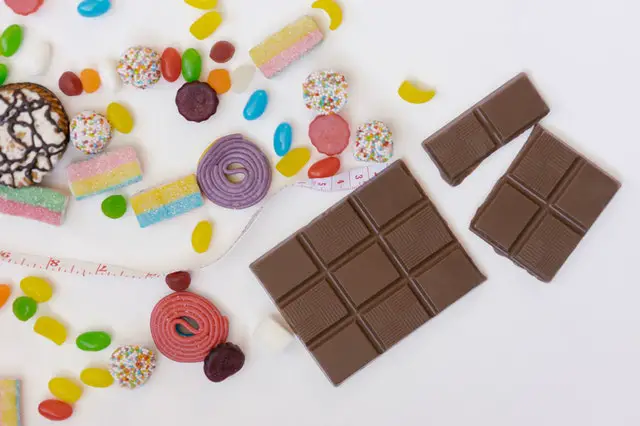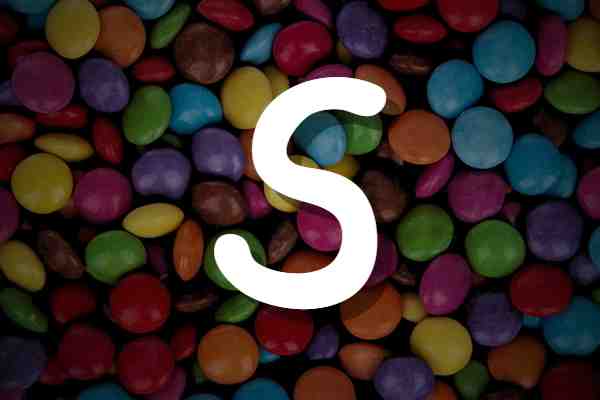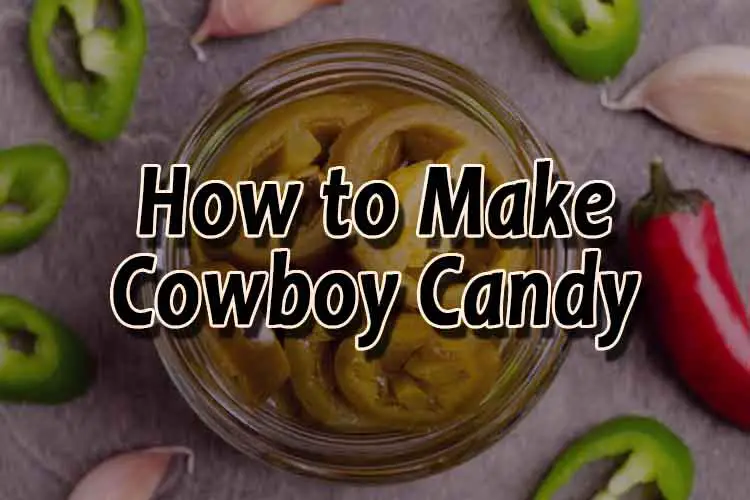If you’re interested in learning how to make your own candy, there are a few essential gadgets that you’ll need. This article will list some important candy-making tools, and provide a short description of each.
Keep in mind that this is just a basic list – there are many other tools and gadgets that can assist different processes. It really all depends on your (or your customers’) tastes. But these five tools are a good starting point for anyone who wants to start dipping into the art of candy-making.
1. Candy Thermometers For Precision
At the top of the list is something EVERY aspiring candy enthusiast should have. A candy thermometer will make sure you are within the proper cooking range for whichever candy you are making. This is the most important tool that is not common in home kitchens. To make life easier, get a thermometer that comes with a clip that attaches to the side of the pot.
While there are ways to “eyeball” the stage of cooked sugar, nothing is as reliable and easy to read as a decent candy thermometer. The consistency of chocolate and caramels are affected by a single degree of temperature difference. So make sure to get a high-quality thermometer for accurate and consistent temperature readings!
There are many different types of thermometers. The more expensive ones give fast and accurate digital readings.
There are even thermometers that work through lasers. For candymaking however, the laser does not penetrate the surface of boiling candy solutions well so these temperature readings are not so dependable.
Important tip: When pinning your thermometer to the side of the pot, don’t let the tip touch the bottom. There should be a slight gap between the bottom of the pot and the tip of the thermometer.
2. Silicon Molds For Making Hard Candy or Chocolates
When it comes to cooking hard candy including caramels and chocolates, use silicone molds! Nothing really sticks to them, especially fat-free ingredients like sugar. Silicone molds never need to be greased when using (only) sugar.
Also depending on the rigidity of the mold, you can fold them after the sugar has cooled, and voila! – comes out immediately. I’ve never seen a silicone mold that wasn’t slightly flexible.
Making lollipops is a lot easier when you have molds to pour into.
3. Tempering Chocolates? You Need a Double Boiler!
If you make any type of chocolate candy, you will need a double boiler for easy chocolate tempering. This is the only way to ensure that the chocolate is tempered correctly and will have a nice shine and snap when you bite into it.
The main selling point of a double boiler is that it makes it virtually impossible to burn your chocolate (which is very common when working with microwaves). The chocolate melts slowly and uniformly with stirring.
Do not actually boil water in the double boiler; you should not be working with temperatures above 200F. Also, make sure that moisture or steam from the bottom pot does not make any contact with the chocolate. This is only really relevant if you did not buy your double boiler as a set.
4. Measuring Cups and Spoons
Glass or plastic measuring cups are most common. Make sure they are marked with graduation lines with many fractional measures.
Also, make sure the measuring cup has extra space above the highest measurement; you don’t want to pour in liquid when the cup is full! A pouring spout is also a must in order to pour liquids without messy spilling.
Every kitchen should have a set of measuring spoons to measure out the liquid and dry ingredients. Smaller spoons are a must if you plan to use flavoring oil or other ingredients that need a tiny amount.
4. Squeeze Bottle
A squeeze bottle is perfect for making those intricate designs on top of your candies or for adding colorful details to any type of candy.
5. Lollipop Sticks
Lollipop sticks can be used for more than just lollipops! They can also be inserted into candies such as caramels, toffee, and other soft candies. This will help them keep their shape.
6. Hard Rubber Spatulas
This is a beginner’s best friend when it comes to working with candies and chocolates. Mixing ingredients become a breeze and scraping out every last drop is satisfying.
7. Cotton Candy Machine
For just about any budget, you can get a cotton candy machine that will take in just about any non-chocolate candy and spin a fluffy cloud of cotton candy. Hard candies such as Jolly Ranchers are best for making cotton candy. The flavors are intense along with the texture.
For the best carnival-like tasting cotton candy, be sure to use floss sugar





